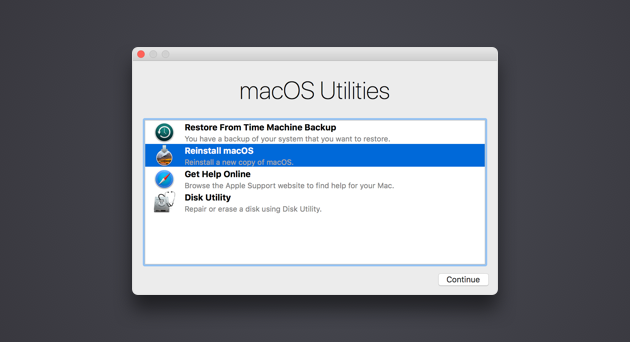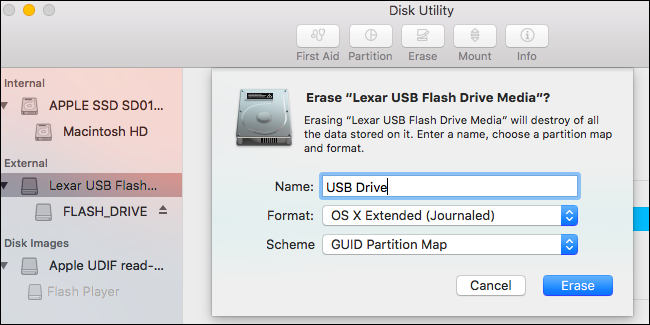

Glad, if you have found us in nick of the time. Seems like your Mac’s internal or external hard drive is showing signs of failure! Soon, It may fail entirely hence every second is important for you to save the data stored on the hard drive.
Feb 21, 2012 Want to use a single external drive with both a Mac and a Windows PC? An external hard drive between a Mac and PC? In Disk Utility's main window. By default, Mac OS X will use the GUID. Under External in the left hand menu, click on your external hard drive and then click on the Erase button. Make sure you backup any data before you erase the drive. Make sure you backup any data before you erase the drive.
In this blog, you will find 5 methods including 1 recommended method that is implemented and tested with positive results. Whether your Mac storage media is a hard drive or an SSD; you can apply the recommended method to recover your data.
Install Office for Mac now Office 365 customers get the new Office for Mac first. You’ll have Office applications on your Mac or PC, apps on tablets and smartphones for when you're on the go, and Office Online on the web for everywhere in between. Select Install. (For Office 365 subscribers, you may be on the Overview page and need to select Install Office> first.) The 64-bit version is installed by default. However, if Office detects you have a previously installed 32-bit version, this version will be installed instead. To uninstall Office for Mac 2011 move the applications to the Trash. Once you've removed everything, empty the Trash and restart your Mac to complete the process. Before you remove Office for Mac 2011, quit all Office applications and make sure there's nothing in Trash that you want to keep. 1-800-727-9807 installing office for mac.
Once your data is successfully recovered from the failing Mac hard drive, you can then upgrade your Mac with a new piece of the storage device. • • • • Method 1 (Recommended): Stellar Data Recovery Professional for Mac This is the recommended method among all mentioned solutions since this isn’t a hit-n-trial procedure on your hard drive. It doesn’t involve any further wear and tear. The software possesses multiple features that can be implemented to recover hard drives failing due to different circumstances. From Stellar is an advanced hard drive recovery software that can help you recover a failing or corrupt Mac hard drive.
The software works on multiple file systems such as – APFS (support added recently), HFS, HFS+, NTFS, FAT and ex-FAT. You can run this program on Mac to recover a damaged internal partition, USBs, SSDs, PCI-e SSDs, unrecognized hard drives, Time Machine, encrypted volumes and more. Let’s examine 3 cases of Mac hard drive corruption and recovering files with Stellar Data Recovery Professional for Mac.
Scanning and Recovering Corrupt Volumes or Partitions Stellar Data Recovery Professional for Mac automatically switches to Deep Scan if your chosen hard drive, SSD or volume is severely damaged. Is a robust feature of the software purposely designed to perform advanced file recovery. The software performs recovery of files on a corrupt Mac storage drive using file-signature search. Below is the process of running Deep Scan on your corrupt volume: • Run the software. • Select your failing drive and toggle-on Deep Scan. The Deep Scan will recover all the data including – Emails, Docs, Pictures, Videos, Audio and other file formats. (Deep Scan automatically switches when a corrupt volume is selected) • Start the scan and preview all files • Lastly, preview and recover your files to another drive 2.
Creating a Disk Image of Failing Solid State Drive WithStellar Data Recovery Professional for Mac, you can create a disk image file of a storage drive (HDD & SSD). If Deep Scan doesn’t give you the best results, then you can leverage the ‘Create Image’ feature of the software. Once an image file or.dmg of the failed hard drive is created; you can use the disk image file to recover the data at any point in time. • Connect your storage drive to Mac and launch the software • From the top menu bar; select Create Image option • Chose the failing hard drive which you want to image (select sector range and click Next) • Save the disk image file to a new destination (the destination size must be larger than the source) • Allow the software to create the disk image files of your failing storage drive • Perform data recovery on the disk image files once the image is created successfully. (Note: your storage media should be plugged-in to Mac in case the image files belong to an external storage drive) • Scan the image files and preview the recoverable data • Finally, press the Recover button to save the data to another destination 3.